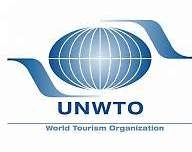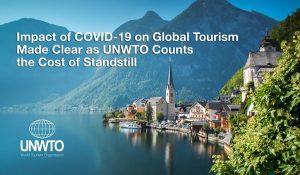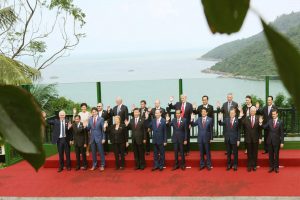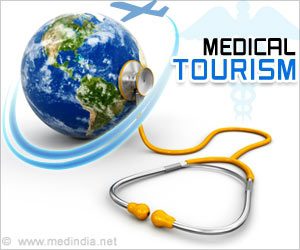International tourism up by 5% in the first half of 2014

Madrid : International tourist arrivals grew by 4.6% in the first half of 2014 according to the latest UNWTO World Tourism Barometer. Destinations worldwide received some 517 million international tourists between January and June 2014, 22 million more than in the same period of 2013.
Growth was strongest in the Americas (+6%) followed by Asia and the Pacific and Europe (both at +5%). By subregion, South Asia and Northern Europe (both +8%) were the best performers, together with North-East Asia and Southern Mediterranean Europe (both +7%).
“These results show that tourism is consolidating the positive performance of recent years, providing development and economic opportunities worldwide”, said UNWTO Secretary-General, Taleb Rifai. “Indeed, despite geopolitical and economic challenges, the number of international tourist arrivals has grown by 5% a year on average since 2010, a trend that has translated into more economic growth, more exports and more jobs”, he added.
So far, results are in line with the UNWTO forecast issued at the beginning of 2014. For the full year 2014, international tourist arrivals are expected to increase by 4% to 4.5% worldwide, above UNWTO’s long-term forecast of 3.8% per year for the period 2010 to 2020.
The Americas leads growth
Growth picked up significantly in the Americas (+6%). All four subregions benefited, with North America, boosted by Mexico, Central and South America all increasing by 6%, and the Caribbean by 5%. In South America (+6%), the hosting of the Football World Cup in Brazil contributed to the positive results in the subregion – receipts from international tourism in Brazil grew by 10% in the first seven months of the year with a 60% increase in June and July.
Asia and the Pacific (+5%) consolidated the trend of recent years, with South Asia (+8%) and North-East Asia (+7%) in the lead and major destinations such as Japan, the Republic of Korea and Malaysia posting double-digit growth rates. The region has been benefiting from ongoing economic growth, continuous investment in infrastructure and visa facilitation measures.
Europe (+5%), the most visited region in the world, continued the strong pace of growth of 2013, driven so far this year by Northern Europe (+8%) and Southern Mediterranean Europe (+7%). These results reflect improved consumer confidence in Europe and the rebound of important traditional European source markets.
Africa’s international tourist numbers grew by 3% as the recovery consolidated in North Africa (+4%). Yet the current Ebola virus disease (EVD) outbreak might affect tourism to the region due to misperceptions about the transmission of the virus. “The main focus at the moment is on taking and supporting action to contain the virus. But we must also ensure that misperceptions do not unnecessarily harm the African economy, in particular its travel and tourism sector, which is a central activity in many countries. We would like to stress that the World Health Organization (WHO) does not recommend any ban on international travel. Putting a halt on flights or imposing unnecessary travel restrictions will not help contain the virus. On the contrary, these measures will surely dampen the economy of the region, especially its travel and tourism sector, and jeopardize millions of livelihoods”, said Mr Rifai.
International tourist arrivals in the Middle East are estimated to be down by 4%, though this figure should be taken with caution as it is based on limited available data for the region.
In terms of source markets, data for the first half of 2014 shows a consolidation of the rebound in spending in travel abroad registered in 2013 in some advanced economies. Expenditure out of the Italian and Australian markets was up 8% and 7%, respectively, while the US market was up by 5%. Data for France and Canada indicates a 3% increase.
Demand generated by emerging markets also continues to be strong, though decelerating as compared to 2013. Chinese outbound expenditure was up 16% in the first half of the year as compared to 26% in the whole of 2013, while expenditure out of the Russian Federation was up by 4% as compared to 25% last year.- UNWTO
Sept.15 , 2014














